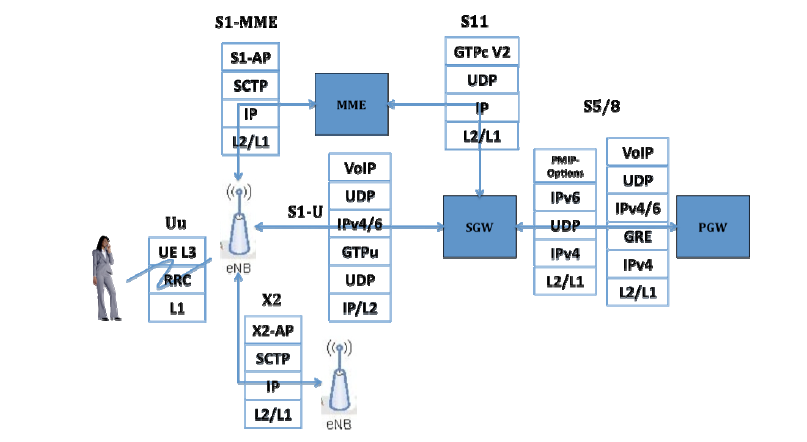30th Apr 2014
Ericsson has appointed Rima Qureshi as new Chief Strategy Officer where she will also
drive the company's mergers and acquisitions (M A) strategy and activities. In
addition she will serve as Chairman of Business Unit Modems.
Rima Qureshi previously led the integration of the
CDMA and LTE assets of the former Nortel Networks and ran the business unit
CDMA Mobile Systems during 2010-2012.
She has been Senior Vice President and part of
Ericsson's Executive Leadership Team since 2010.
Rima Qureshi said: "The industry is going
through a rapid transformation and I could not think of a more exciting time
period to lead Ericsson's Group strategy development. At the same time I am
also looking forward to working closely with the team at Business Unit Modems
to ensure we are successful based on the industry's most advanced LTE thin
modem."
Rima Qureshi joined Ericsson in 1993, and prior to
running Business Unit CDMA Mobile Systems, her career spanned leadership roles
in R&D, sales, and Services, including managing Global Service Delivery
Centers in Canada, the US, Mexico and Brazil.
Qureshi holds a Bachelor's degree in Information
Systems and an MBA, both from McGill University in Montréal, Canada.
